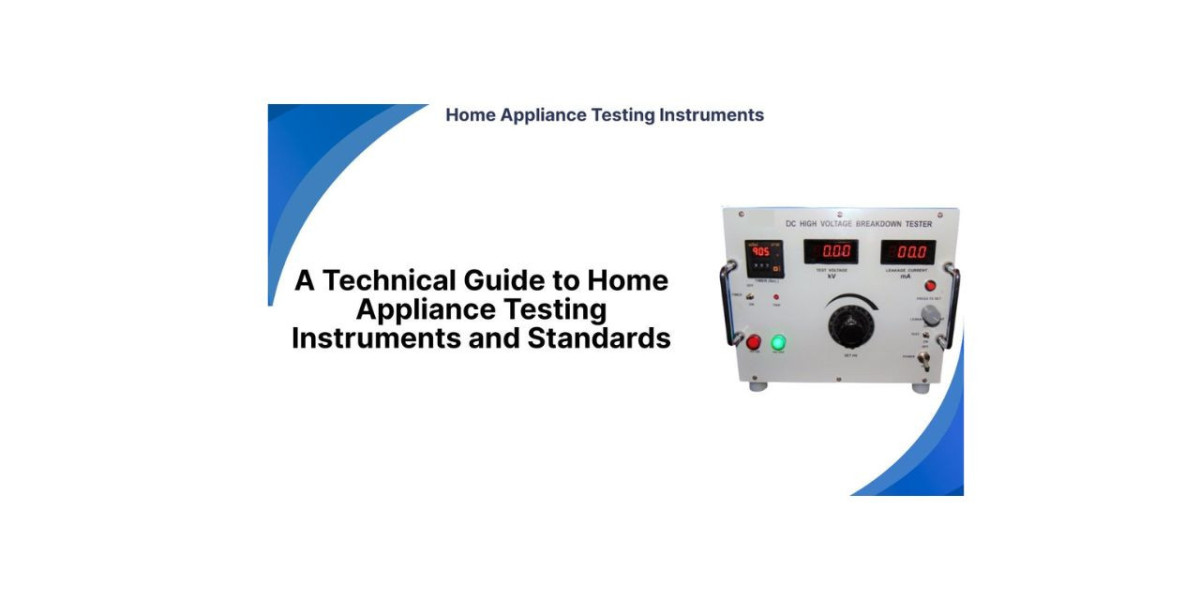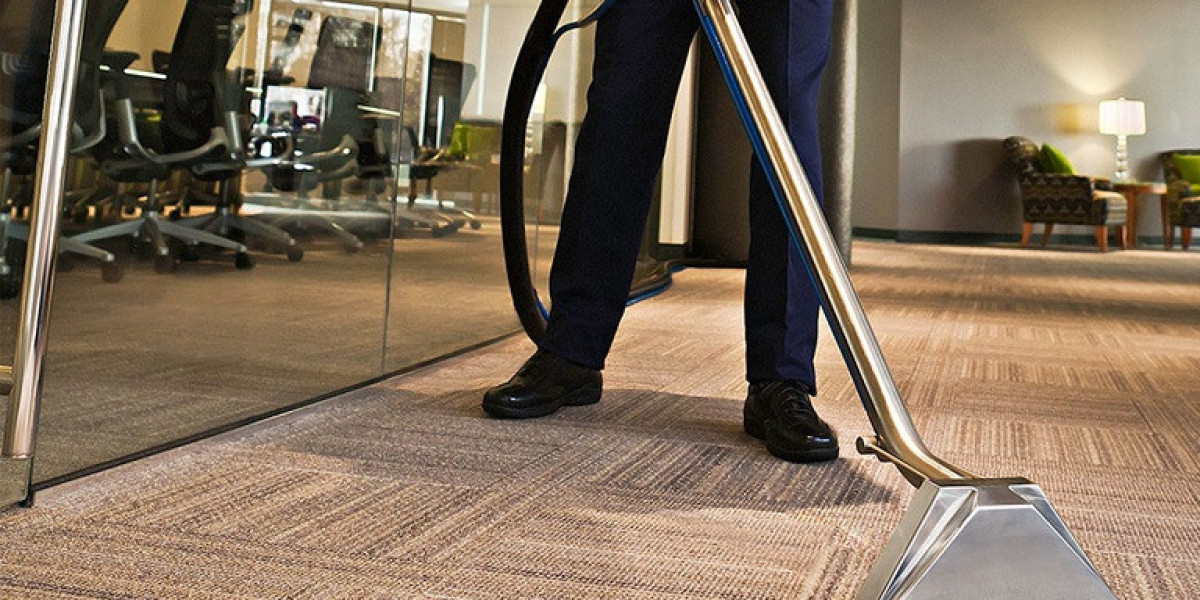The safety and performance of household electrical appliances depend heavily on rigorous testing practices, backed by the use of reliable and accurate instruments. As appliances become more advanced and compact, their electrical and mechanical complexities demand equally sophisticated testing methods. This is where home appliance testing instruments play a crucial role. They provide the means to verify that appliances meet safety regulations, operational functionality, and durability expectations before reaching consumers. In India, these tests must align with IS 302, a critical safety standard adopted from the international IEC 60335 standard, governing a wide range of household appliances.
Home appliance testing instruments as per IS 302 are designed to evaluate appliances for hazards such as electric shock, energy consumption, overheating, insulation failure, and fire risks. They enable manufacturers, third-party labs, and regulatory bodies to assess compliance and make data-driven decisions during product development and certification. With consumer safety and brand reputation on the line, understanding the technical requirements and proper application of testing instruments becomes essential for every appliance manufacturer operating in today’s competitive market.
Exploring IS 302 Testing Instruments
IS 302 is divided into two parts: Part 1 deals with general safety requirements, while subsequent parts focus on specific appliances like washing machines, microwave ovens, or refrigerators. Each part outlines precise testing conditions and acceptable performance criteria. This section outlines how these standards influence the selection and application of home appliance testing instruments and introduces the key categories of instruments required for compliance.
Measure Electrical Safety with High-Voltage
Electrical safety forms the backbone of appliance compliance. Instruments such as high-voltage testers and insulation resistance meters are used to assess the dielectric strength and insulation integrity of various components. These devices help detect potential breakdowns or leakage paths that could result in electric shock.
For appliances tested under IS 302, insulation resistance testing is a mandatory requirement. Instruments must be able to apply the required test voltages and measure leakage current within defined limits. Modern testers are equipped with programmable test settings, automatic discharge features, and precise digital readouts to improve reliability and safety during the testing process.
Analyze Temperature Performance Using Thermocouples and Infrared Sensors
Temperature rise testing is essential for evaluating whether a home appliance operates within safe thermal limits during normal or abnormal conditions. This involves the use of thermocouples, thermometers, and infrared sensors to monitor the surface temperature of accessible parts, heating elements, and critical components.
Home appliance testing instruments for thermal performance must have high resolution and stability to capture subtle temperature changes over time. IS 302 specifies acceptable limits for temperature rise based on insulation classes and component ratings. Accurate temperature measurement ensures compliance and prevents thermal hazards that could lead to burns or fire.
Test Mechanical Durability with Load
Appliances are subjected to physical stress during daily use, which is why mechanical testing is part of the IS 302 requirements. Instruments used for these tests include motor life testers, switch cycling systems, and mechanical load simulators. These devices replicate real-world operating conditions to evaluate how components such as knobs, motors, and doors perform after repeated use.
Endurance testing requires instruments capable of maintaining consistent cycles over extended periods without mechanical drift or timing errors. Using reliable mechanical testing equipment helps manufacturers verify structural durability and avoid premature product failure, ultimately supporting product quality and customer satisfaction.
Monitor Leakage Current Continuity Accurately
Another critical area under IS 302 compliance is the measurement of leakage current and earth continuity. Specialized instruments are used to check whether current leakage exceeds acceptable limits and whether the appliance provides a low-resistance path to ground. These tests are vital for identifying potential electric shock hazards.
Instruments for leakage current testing must be highly sensitive and calibrated according to the relevant standard. Earth continuity testers, on the other hand, verify grounding integrity and are typically applied to metal-bodied appliances. Compliance with these tests adds an additional layer of safety, especially in moisture-prone environments like kitchens and bathrooms.
Choose Instruments Designed for IS 302 Standards
For full compliance, it is essential to select home appliance testing instruments as per IS 302. These instruments are designed with pre-set parameters, safety limits, and automation features that align with the standard’s requirements. Many reputable manufacturers offer equipment tailored specifically for IS 302, providing assurance that tests are performed accurately and consistently.
Using instruments that are pre-configured for IS 302 also helps in audits and certification processes. It ensures that your data aligns with the standard's expectations and reduces the risk of rejection or retesting. Manufacturers that prioritize this alignment typically experience smoother compliance workflows and improved product turnaround times.
Conclusion
Adopting the right testing instruments aligned with IS 302 standards not only streamlines the compliance process but also reinforces the reliability and safety of the final product. From electrical and thermal testing to mechanical durability and leakage current assessment, every instrument contributes to a safer, higher-quality appliance. As safety regulations evolve and consumer expectations rise, leveraging modern, IS 302-compliant home appliance testing instruments becomes a strategic advantage in both local and global markets.








